"A brush dedicated to the splendours of Catholicism, to the glories of the Divinity, devoured, like his divine master, by the ardent love of humanity "1Camille-Auguste Gastine, a pupil of Auguste Hesse, Paul Delaroche and Édouard Picot, regularly exhibited religious paintings at the Salon from 1844 onwards, and distinguished himself at the Universal Exhibition of 18552. It was in the studio of M. Auguste Hesse, his master and later his friend, that he drew his deep love for the highest form of his art. With a shy temperament and lacking in self-confidence, the artist made little name for himself and preferred throughout his career to assist more prominent painters, thus making his painted works difficult to access as they were often hidden under the name of another artist or could not be located in private collections. The decorative painting of private mansions3 , often destroyed today, as well as the creation of stained glass cartoons, allowed him to practice his art while remaining in the shadows, which further obscures the overall vision of his artistic production. He therefore regularly collaborated on decorative projects directed by Hippolyte Flandrin for the frescoes in the church of Saint-Germain-des-Prés, Sébastien Cornu in the chapel of the Élysée, Alexandre Hesse in Notre-Dame-de-Lorette and Savinien Petit in the chapel of the Hôtel de Broglie in Paris or in the church of Saint-André in Bordeaux.
It is thanks to his indefatigable pencil that the testimony of his painted work has come down to us, via the sumptuous and numerous preparatory sheets in which "taste, feeling, skill no less than grace, grandeur or expression, shine through in most of his drawings." Although most of them are still in the possession of his heirs, they are beginning to be distilled on the art market since the first sale of the studio in 18694.
It is on blue-grey paper that our delicate study of a woman in prayer stands out. Gastine's pencil, with its refined, accomplished and precise line, offers us here all the details of the face, the joined hands and the folds of the drapery of this chaste figure. Although Gastine cannot be counted among the pupils of Ingres, he was nevertheless influenced by him, particularly in his drawings, which adopt a purity of form and simplicity that is entirely Ingresque. Our sheet is to be linked with two other sanguine drawings of the same young woman (a saint?), preserved in the Musée de Grenoble5 (ill.1) and in the Minneapolis Institute of Art6 (ill.2), where the artist accentuates his study of light and shadows on the fabrics to better sculpt the volumes. For the moment, it has not been possible to link this study to any decorative painting or stained glass project, as this identification work remains to be done for his entire graphic production.
Ill.1. Camille–Auguste GASTINE, Femme à genoux en prière, XIXe siècle, Sanguine, rehauts de craie blanche sur papier vélin beige, 37,8 x 27,8 cm. INSC.H.DR. : à la sanguine : “900”. Attribution Valérie Lagier, 2015, Musée de Grenoble, Inv. : MG D 2605.
Ill.2. Camille–Auguste GASTINE, Study of a Female Figure Praying, Kneeling on Left Knee, 19th century, Red chalk on blue paper, 11 3/8 x 8 1/4 in. (28.9 x 21 cm), Minneapolis Institute of Art, Inv. 2003.82.
Notes
1. All quotations in italics are taken from A. G., Notice sur Gastine (Camille-Auguste), artiste peintre mort le 3 avril 1867, Paris, 1867.
2. he painting he sent to the Exposition Universelle, Sainte Catherine d'Alexandrie, is now in the Musée des Beaux-Arts in Orléans.
3. Among which are the Maison de Diomède, avenue Montaigne, the Hôtel Granger and the Hôtel du Duc Galliera
4. Catalogue of paintings, drawings, watercolours by Camille-Auguste Gastine [...], Hôtel Drouot, [...], Paris, 1868. The sale took place on 5 and 6 January 1869.
5. Bequest from Léonce Mesnard in 1890, entered in the museum in 1902 (lot 3550, n°965) Inv. MG D 2605
6. Gift of Molly Klobe in memory of Winton Jones, Inv. 2003.82




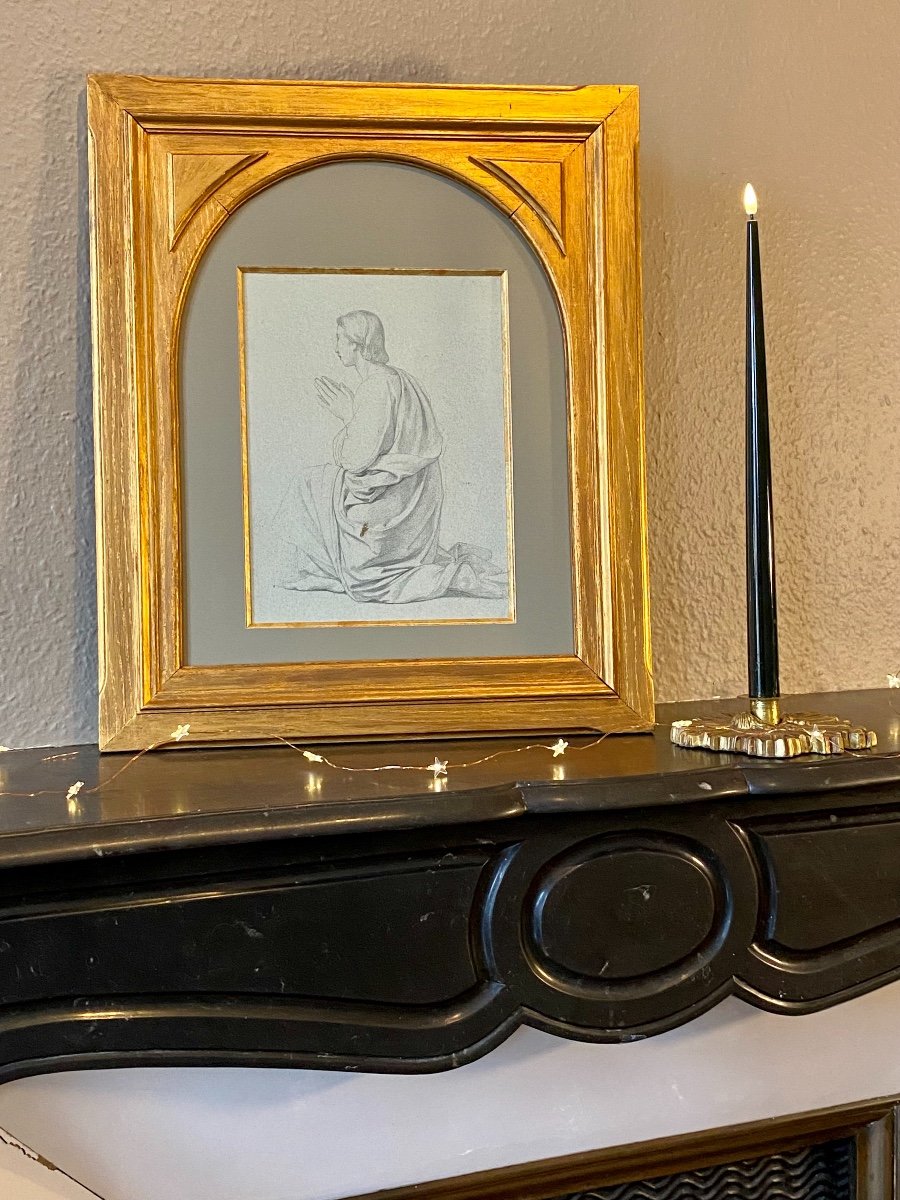
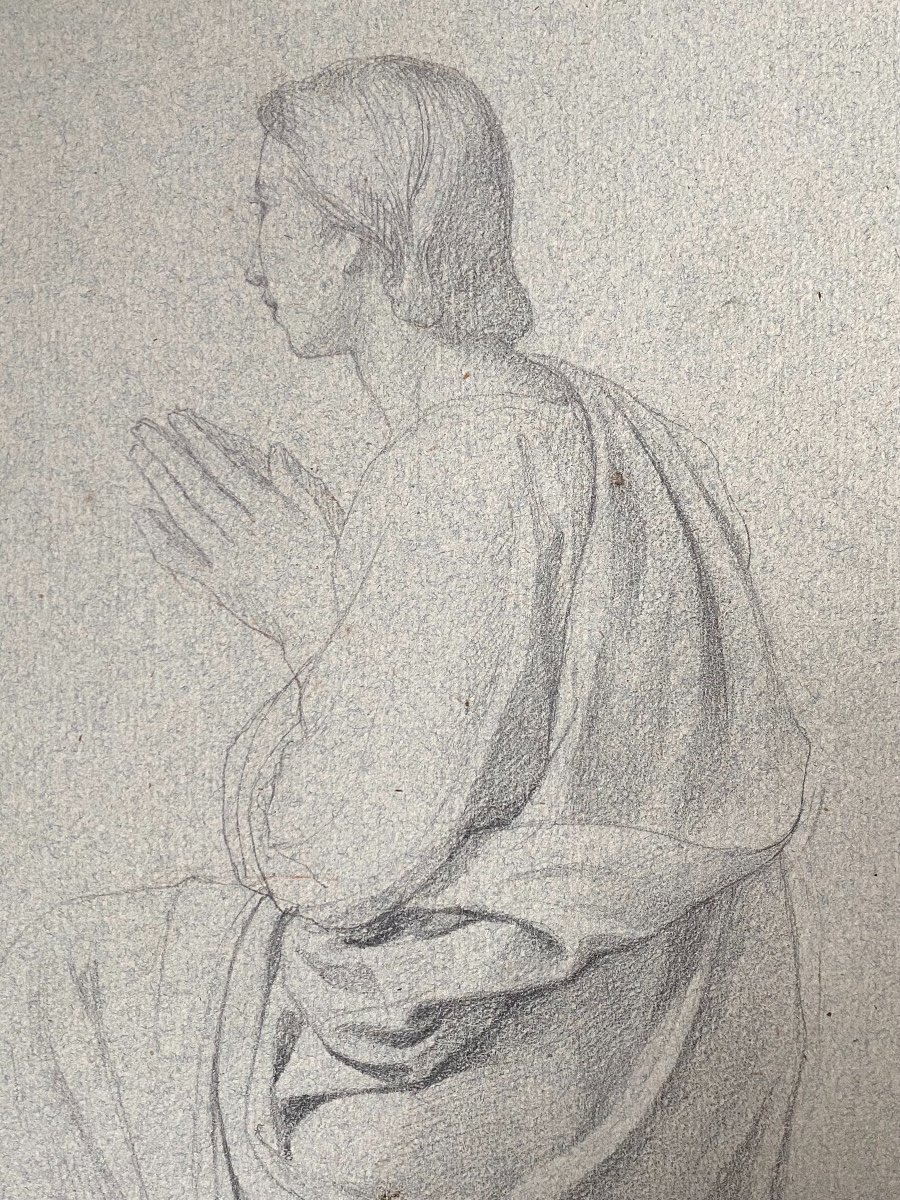


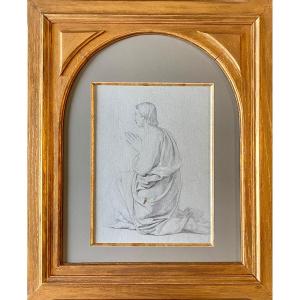






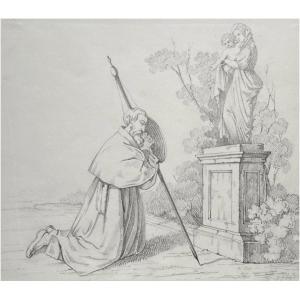



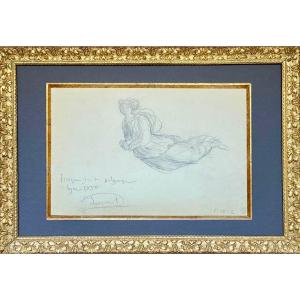

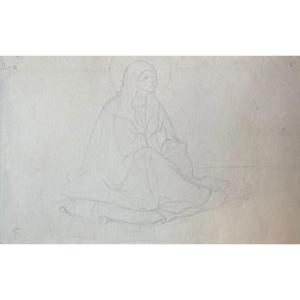
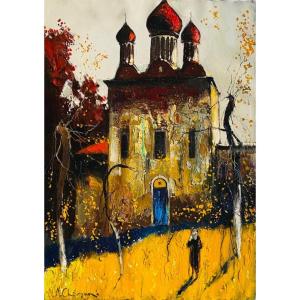



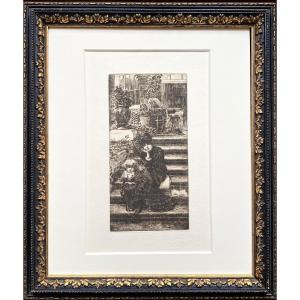
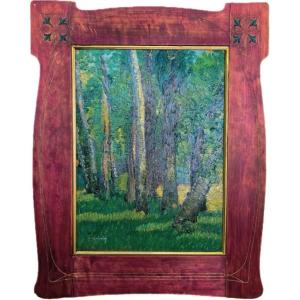
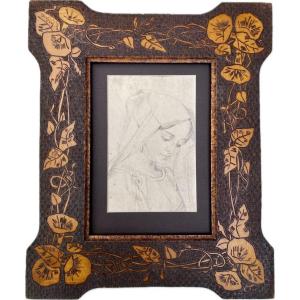
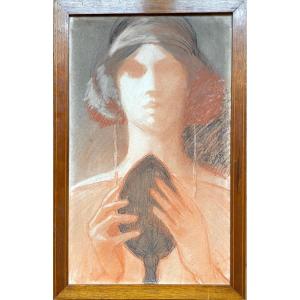


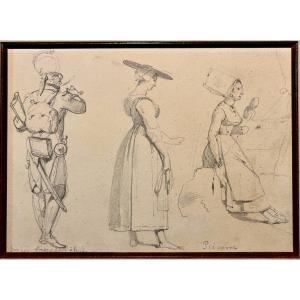
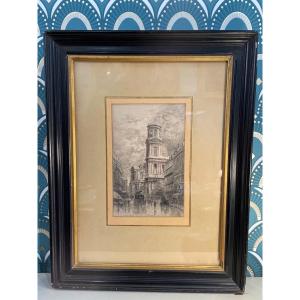
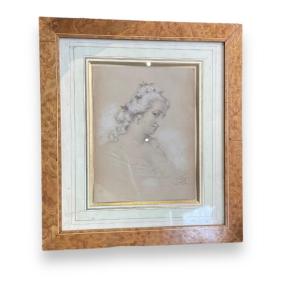



 Le Magazine de PROANTIC
Le Magazine de PROANTIC TRÉSORS Magazine
TRÉSORS Magazine Rivista Artiquariato
Rivista Artiquariato